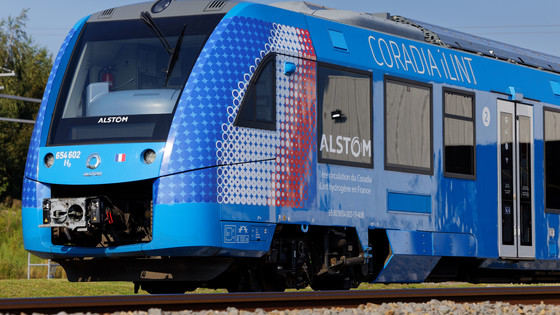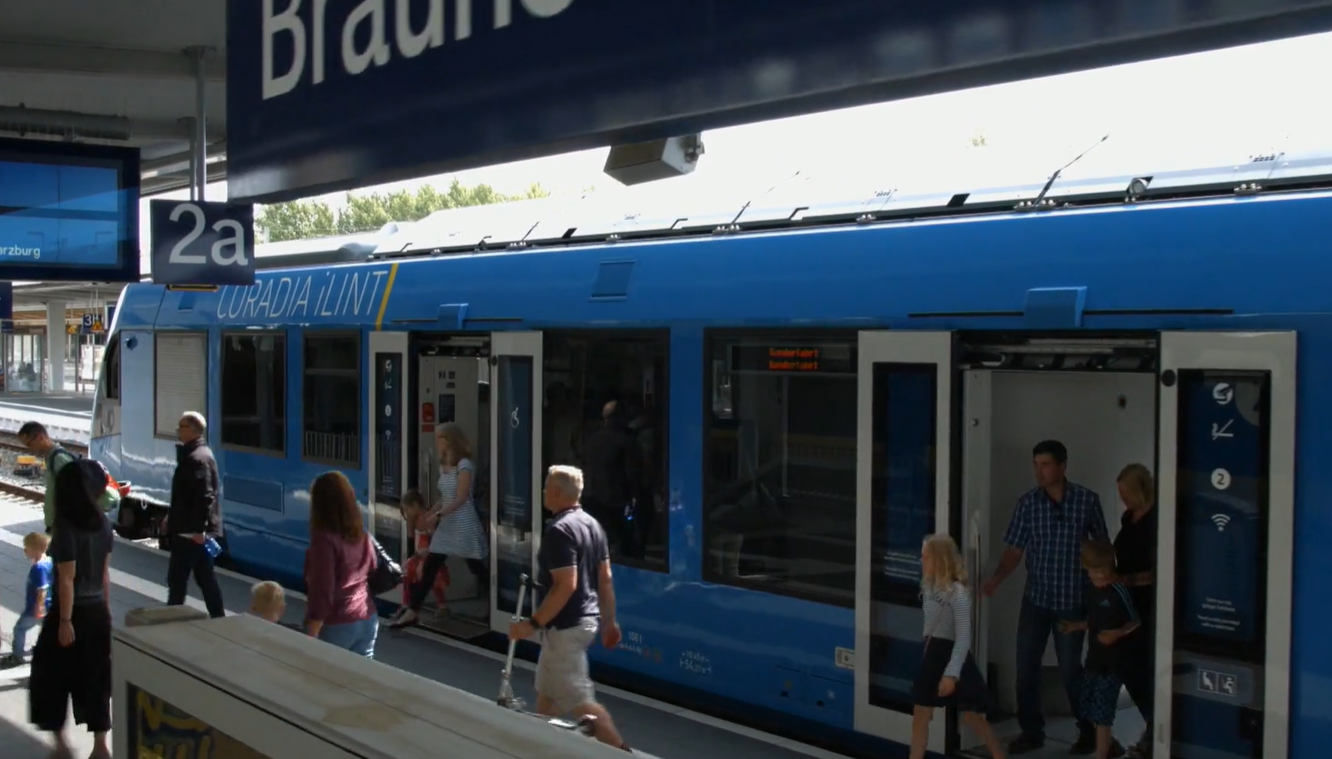Alstom introduces a zero-emission passenger train. The success is that the train is powered by hydrogen, and its performance is comparable to diesel units. In addition, it is quiet and cleverly treats energy.
Green Trasport
Industries need to take significantly reduce C02 emissions seriously. After years of development, Alstom is committed to mobile mobility and introduced the Coradia iLint, a zero-emission train. It is the world’s first hydrogen-powered passenger train.

Coradia iLint is a revolution in rail transport because it represents an economic and clean alternative to diesel. The only exhaust and by-product of the hydrogen train is water. The train is an ecological alternative for passenger transport on non-electrified networks – can cover a range of up to 1000 kilometers.
Smart Energy Management
The trains are powered electrically. The electrical energy is generated on the board in a fuel cell and temporarily stored in batteries. The electricity is generated without a generator or turbine, making the process much faster and more efficient.

The fuel cell supplies electrical energy by combining hydrogen stored in tanks on board and oxygen from the outside air. The battery stores energy from the fuel cell when it is not needed for propulsion or kinetic energy during the (electric) braking process to increase or boost the energy supply during the acceleration phases.
Comfort and Safety of Hydrogen Technology
The passenger train has been extensively tested in commercial service in Germany and Austria for several months. The operators and passengers were very positive about the hydrogen train and the test run and appreciated the silent and smooth ride of Coradia iLint.

The safety of the components used in the vehicle has been proven in numerous tests and studies. The German Hydrogen and Fuel Cell Association (DWV) even considers high-pressure containers with hydrogen or natural gas safer than petrol tanks in comparable hazardous situations. Emission-free Coradia iLint has been homologated in Germany and Austria.
The company estimates that the cost of the Coradia iLint is about 25-35% higher than standard diesel trains. But it assumes some savings in maintenance because the maintenance of fuel cell trains should be cheaper than maintenance of a diesel train.
Source and credit: alstom.com




